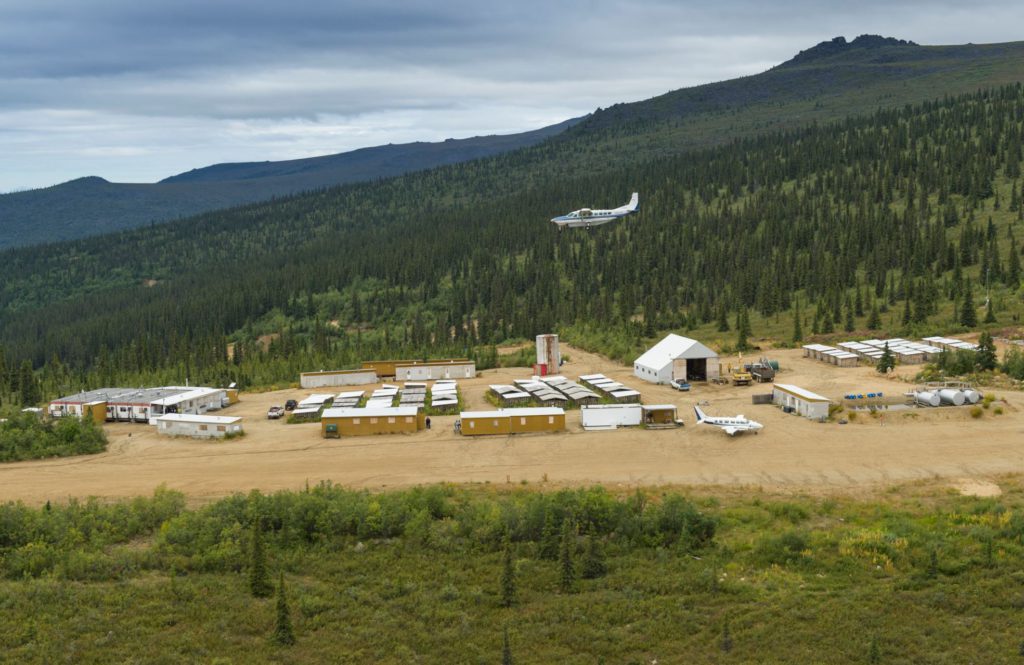Western Copper pushes back environmental statement submission for Casino project

Western Copper and Gold (TSX: WRN) is planning to move back the submission of the environmental and socio-economic effects (ESE) statement for its Casino project in Canada’s Yukon Territory in the wake of Victoria Gold’s Eagle mine landslide.
In a press release Monday, the company said it has notified the Yukon Environmental and Socio-Economic Assessment Board (YESAB) of its intention to submit the ESE statement in July 2025 instead of the second half of 2024.
The decision follows a detailed review of the guidelines during the winter of 2023, followed by updated work planning and schedule mapping in conjunction with further conversations and development of engagement plans with First Nations that led to a clearer picture of the associated timelines to produce the ESE statement.
The statement would form the basis of Western Copper’s application for the YESAB’s panel review, which is the highest level of environmental and socio-economic assessment in the territory.
The Casino project is located on Crown Land approximately 150 km northwest of Carmacks, and 300 km northwest of Whitehorse. Western Copper has been developing the project since 2008, and in 2014 submitted its project proposal. In 2016, the Casino project was referred by the YESAB executive committee for panel review, becoming the first in Yukon’s history.
“Western is committed to ensuring a robust review of the Casino project, as the first and only project in the Yukon going through the highest level of review and relying on the most up-to-date methodologies in environmental assessment,” CEO Sandeep Singh said in a statement.
Once the ESE statement is submitted, the YESAB will determine whether it meets the requirements set out in its revised 2023 guidelines, and if so, a panel will be established to lead the technical analysis of the statement.
The panel will then hold a public hearing and ultimately issue its recommendations, which will then be reviewed by the decision bodies — which include territorial and federal government departments as well as two Yukon First Nations — to decide whether to issue permits for the Casino project.
The project lies within the Traditional Territory of the Selkirk First Nation. A small portion in the north of the project area also lies within the Traditional Territory of the Tr’ondëk Hwëch’in. First Nations groups had previously expressed concerns about building an access road through hunting grounds and proposed tailings arrangements.
“We look forward to compiling all the hard work and proper science that has already gone into the project and moving steadily towards submission,” Singh said, adding that the company is closely monitoring the situation in the Yukon following the heap leach accident at the Eagle mine in June.
“The company welcomes the proposed investigation of the failure and believe that Casino’s assessment timeline will more than allow for the incorporation of any lessons learned through that process,” he added.
The proposed Casino open-pit mine is expected to use heap leach recovery methods on top of milling and flotation concentration to produce approximately 6.95 million oz. of gold, 36.09 million oz. of silver, 4.27 billion lb. of copper and 346 million lb. of molybdenum over the 27-year life.
According to a 2022 feasibility study, the Casino project holds 1.2 billion tonnes in proven and probable reserves grading 0.2% copper, 0.2% gold and 0.02% molybdenum for 5.1 billion lb. copper, 8.5 million oz. gold and 572 million oz. molybdenum.
The project has a C$2.3 billion after-tax net present value at an 8% discount rate, an 18.1% internal rate of return, a three-year payback period and C$10 billion in cash flow over the mine life. Sustaining capital would be C$751 million for total capital costs of C$4.4 billion.
{{ commodity.name }}
{{ post.title }}
{{ post.date }}

Comments